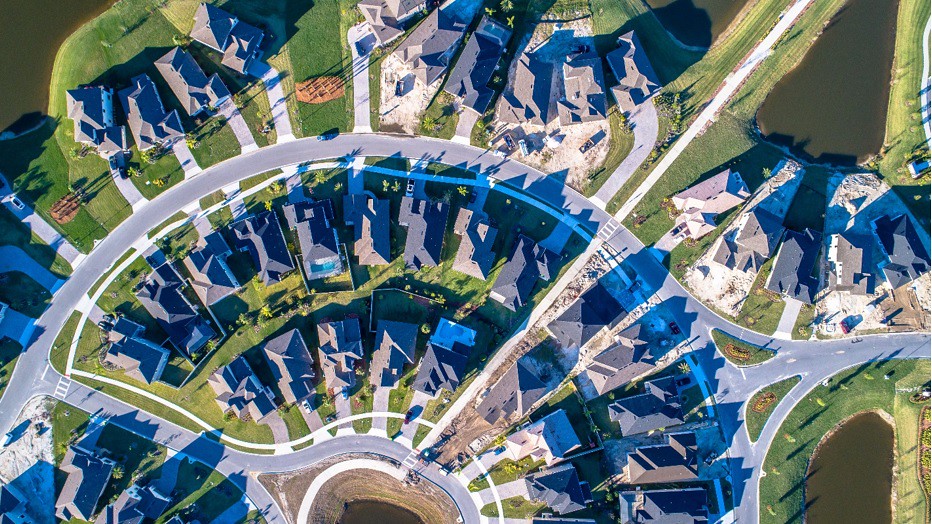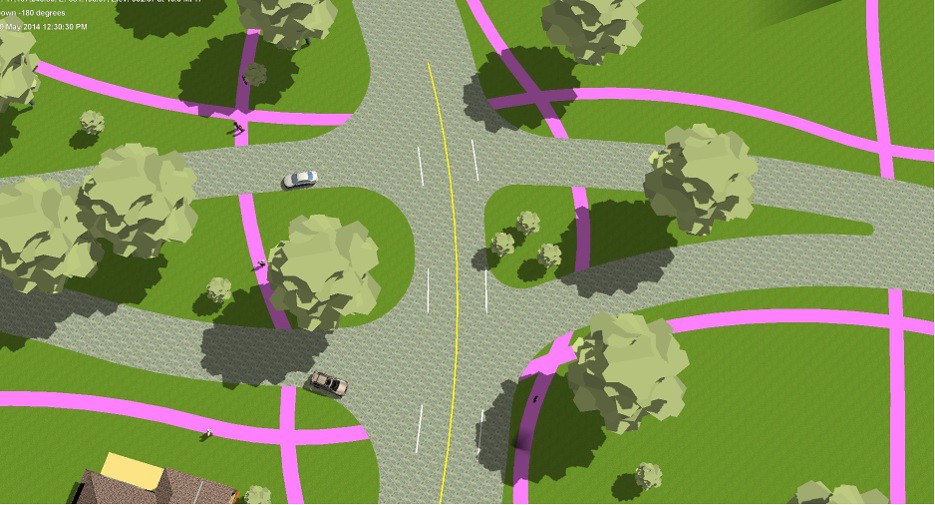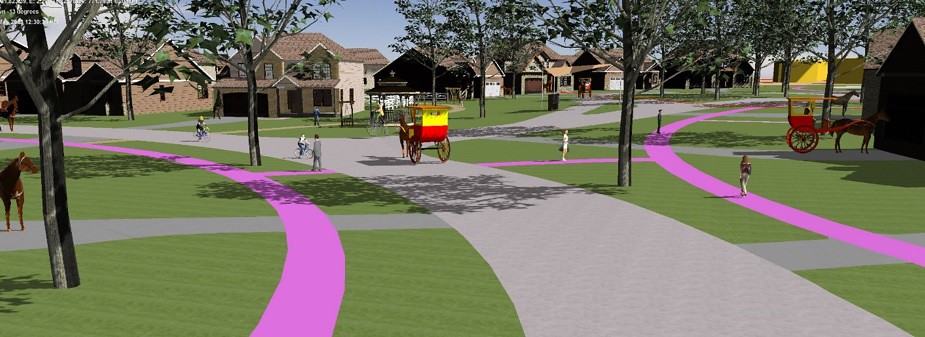
The recent pedestrian death by a self-driving Uber car brought renewed attention to a major problem in this nation, pedestrian deaths, which have risen from 4,000 to 6,000 annually in just 2 years!
An increasing number of people are walking and biking, resulting from a renewed awareness in the health benefits of a stroll over a drive. Today’s driver is distracted not only by their smart phone but a multitude of screens with cumbersome touch controls distracting the driver.
The Urban Planners Agenda:
New Urbanists and Smart Growth guidelines have been against the use of autos, promoting public transportation, biking and walking instead. The good news is, we actually do walk and bike more. However, against their preferences, we also drive more.
The recommended urban guidelines position walkways in close proximity to the street. Their recommended short blocks swell the number of intersections significantly, endangering pedestrians further. Throw in a few pesky roundabouts with pedestrian crossings - and that danger skyrockets.
To make matters worse, we are an aging population. A young person hit by a car at 25 MPH has a good chance of survival – not so with a 60 year old person hit at the same speed.
There are a few actions YOU can take to reduce the number of deaths.
First: When buying that next car, if it’s available with an automatic braking system that sees pedestrians – BUY IT. You need not be limited to a Volvo, even the 2018 Mustang can be purchased with pre-collision assist that can recognize pedestrians – at night!
Second: If you are involved in the land development process, either as a developer, a designer, or a regulator, how can you reduce pedestrian deaths?
It’s quite simple:
From a design perspective: Do the opposite of a New Urban TND (Traditional Neighborhood Design i.e. Grid) and instead, design the pedestrian interface separately of the vehicular system.
• Instead of decreasing the walkway proximity to the street – increase it.
• Instead of increasing the number of intersections – decrease them.
• Instead of building more streets for walking connectivity – decrease them. Build more walkways as a separate system.
Design Automation: Want to know how to kill a pedestrian? Press a button in CAD to instantly create walks one foot inside all right-of-way’s.
The regulatory minimum walk width is not necessarily a functional width.
Designing an elegant walking system sized for actual use, that gracefully meanders as far from the curb line as possible, will encourage a stroll and be safer. The increased (walk to curb) distance solves another major headache when street trees mature, destroying walks and curbs by their roots.
Crosswalks at the intersection are another automated design process in CAD. Drivers in traffic are watching for other cars and may not notice a person walking or biking at the crosswalk.

Roundabouts with traffic are much worse, yet automated design places the walks at the worst possible locations. Why? Because it’s always been done this way, not for decades, but for centuries.
A safer design requires thinking and effort, using logic to pull pedestrians as far away as practical from danger spots. Yet smart growth advocates have implemented the most illogical methods by increasing conflict points and proximity to vehicular traffic.

Developers can demand better design from their consultants. If the consultants they are paying a significant sum to, are simply allowing the CAD system to create a design, they are not getting what they are paying for – the best possible neighborhood.
The reliance on automation has dumbed down the industry. Hire those who actually design, not just CAD operators (draftsman). Builders can demand better and safer neighborhoods to build their homes. Safety sells, so it will help expedite a home sale if in a safer neighborhood.
Cities can do a better job regulating. The pedestrian systems we have in place today have their basis from the days when speed limits were limited by the ‘gallop’ of a horse’s stride, which coincidentally is 25 to 30 miles per hour!

The typical regulatory 4’ wide (or less) sidewalk on both sides of the street is too narrow for a couple to walk side-by-side, so they are likely to walk in the street instead. A 5 or 6’ wide walk on one side of the street is more usable, especially if there is an independent trail system that connects through the area supplementing the walks. Yet, few city regulations address these options and instead replicate wording from past centuries, long before two ton cars with hundreds of horsepower existed.
A properly designed pedestrian and street system will reduce accidents without hampering vehicular flow.
There are many actions everyone can take – and especially those involved in the land developing process. You can be instrumental in increasing pedestrian safety and reduce this unnecessary problem.
Rick Harrison is President of Rick Harrison Site Design Studio and Neighborhood Innovations, LLC. He is author of Prefurbia: Reinventing The Suburbs From Disdainable To Sustainable and creator of LandMentor. His websites are rhsdplanning.com and LandMentor.com












